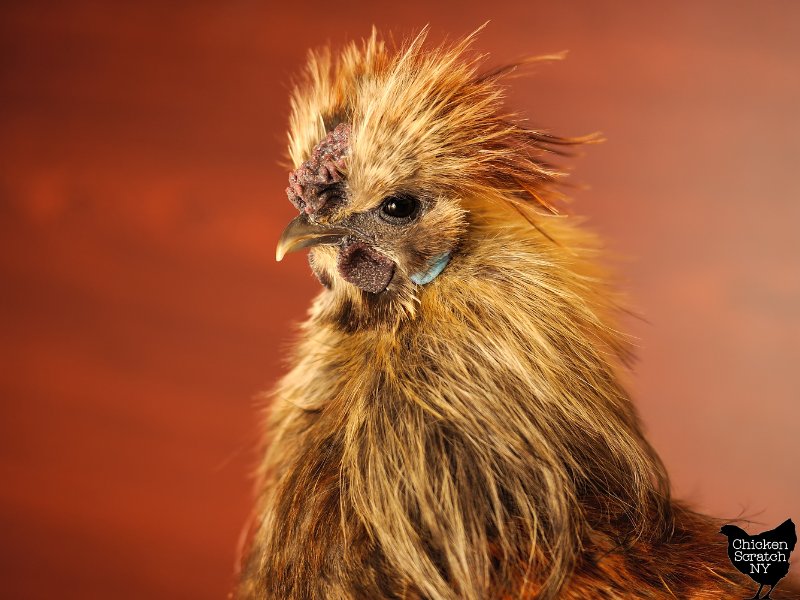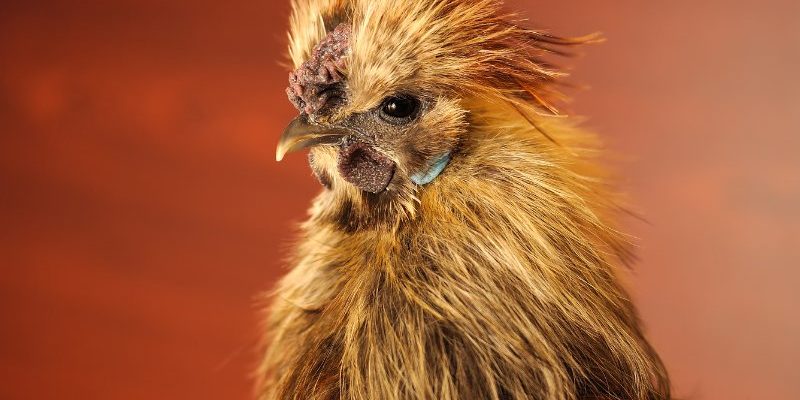
You might be wondering where these unique chickens came from. Well, the Silkie’s origins are wrapped in mystery and legend, making it an intriguing topic for anyone who loves poultry. So grab a cup of coffee, and let’s dive into the world of Silkies, where we’ll explore their history, characteristics, and why they’ve captured the hearts of so many.
Originating in Ancient China
The story of the Silkie begins in ancient China, where it’s believed to have been domesticated over a thousand years ago. Historical texts suggest that these birds were prized for their unusual appearance and soft, fluffy plumage. If you can picture a soft, downy cloud, that’s essentially what a Silkie feels like. Researchers think they might have been bred from a mix of wild fowl, but exact details are hard to pin down.
Silkies were not only loved for their looks but also for their temperament. They’re known for being gentle and friendly, making them ideal pets. Imagine having a chicken that follows you around the yard like a puppy! This friendly nature likely contributed to their popularity in ancient Chinese culture, where they were seen as symbols of wealth and good fortune.
From China, the Silkies traveled to neighboring regions. They were introduced to Japan, where they were called “kurobuta,” meaning “black pig,” a nod to their unique coloring. As they spread through Asia, more people became captivated by their soft appearance and docile nature.
Silkies in European History
Fast forward a few centuries, and Silkies made their way to Europe. They were introduced in the 19th century, and their exotic look quickly turned heads. Charles Darwin mentioned them in his writings, further cementing their profile as a notable breed. Can you imagine the excitement of bringing an animal like this to the Western world?
In Europe, especially in England, Silkies were recognized in poultry exhibitions. They quickly became popular among breeders who appreciated their unique traits. Their soft feathers, which lack the stiff quills found in other chickens, are a result of a genetic mutation. This makes their feathers feel like cashmere—truly a delight to touch.
As time passed, the Silkie evolved, leading to various color variations, including black, white, blue, and gray. Each one has its charm, but the classic black Silkie seems to reign supreme in popularity. The fascination with Silkies only grew, leading to their presence not just in farms but also as beloved pets in households.
Physical Characteristics of the Silkie
At first glance, it’s hard to overlook a Silkie’s striking features. Their feathers are what make them stand out, giving them a fluffy, almost “puffball” appearance. Unlike most chickens, their feathers are not streamlined—instead, they are more like fur, which adds to their charm.
Silkies also have some unique physical attributes. They possess a black skin and bones, along with five toes instead of the usual four. This unusual trait is part of their genetic makeup and adds to their distinctive looks. It’s like they were designed for a fashion show rather than a farmyard!
Moreover, their small, rounded heads and small wattles lend them an almost cartoonish appeal. When you see a Silkie strut around, it’s hard not to smile. These characteristics not only make them visually appealing but also contribute to their popularity as pets, especially for families with children.
The Silkie’s Personality
If you’re thinking about getting a Silkie, you’re in for a treat. These birds have some of the sweetest personalities in the chicken world. They are known for being calm, affectionate, and incredibly friendly. While many chickens can be skittish, Silkies often enjoy human interaction and may even seek it out.
Imagine a chicken that’s comfortable being held, nestled in your lap while you read a book. That’s the Silkie for you! Their gentle demeanor makes them excellent pets, especially for kids. Not only do they make great companions, but they can also help teach children about responsibility and caring for animals.
One thing to keep in mind is that Silkies can be pretty clumsy. Their fluffy feathers can hinder their ability to fly well, so they’re not great escape artists. This may work to your advantage if you want a contained yard. Honestly, it’s hard to find a more endearing creature than a Silkie, with its quirky antics and lovable personality.
Silkies in Poultry Shows and Competitions
As Silkies gained popularity, they became stars in poultry shows and competitions. They capture judges’ attention with their unique looks and delightful personalities. In the United States, the American Bantam Association acknowledged Silkies in the standard of perfection, which helps ensure their bred characteristics are maintained over generations.
Competition aside, Silkies also serve as a wonderful way to introduce newcomers to the world of poultry. With their friendly nature and eye-catching plumage, they’re often the first choice for new poultry enthusiasts. If you’ve ever walked through a livestock fair, you’ve probably noticed kids crowding around the Silkie pen, eager to pet these fluffy beauties.
Although showing them can be rigorous, it’s a fun and engaging experience for those involved. People take pride in raising and showing Silkies, building a community around their love for this special breed.
Caring for Silkies
Thinking of adding a Silkie to your backyard? Caring for these feathery friends requires some thought. They may appear delicate, but they’re hardy birds. However, their fluffy feathers mean they can be susceptible to overheating, so it’s essential to provide a cool, shaded area during hot weather.
Here’s a quick list of tips to help you care for your Silkie:
- Housing: Ensure they have a secure coop to protect them from predators.
- Diet: A balanced diet of high-quality chicken feed and occasional treats can keep them healthy.
- Grooming: Regular grooming is essential to keep their feathers in good condition.
- Social Interaction: Spend time with them to help them stay friendly and comfortable around people.
While Silkies make great pets, be prepared for their unique needs. They thrive on social interaction, so having more than one is often recommended to keep them happy. Plus, watching them interact can be a source of endless joy.
The Future of the Silkie
As we look to the future, the Silkie is likely to remain a popular choice among poultry enthusiasts. Their whimsical appearance and delightful personalities ensure they’ll continue to hold a special place in people’s hearts. Plus, with the growing trend of backyard farming and sustainable living, it’s easy to see why more folks are falling in love with these feathery companions.
Preserving the breed through responsible breeding practices is vital, ensuring that the Silkie continues to thrive for future generations. As more people recognize the joys of raising chickens, the Silkie’s quirky charm is likely to keep attracting fans.
In conclusion, whether you admire them for their fluffiness, their friendly nature, or their rich history, the Silkie is a truly unique breed. They’ve been a part of our lives for centuries, and there’s no doubt they’ll keep bringing smiles for many more years to come.

